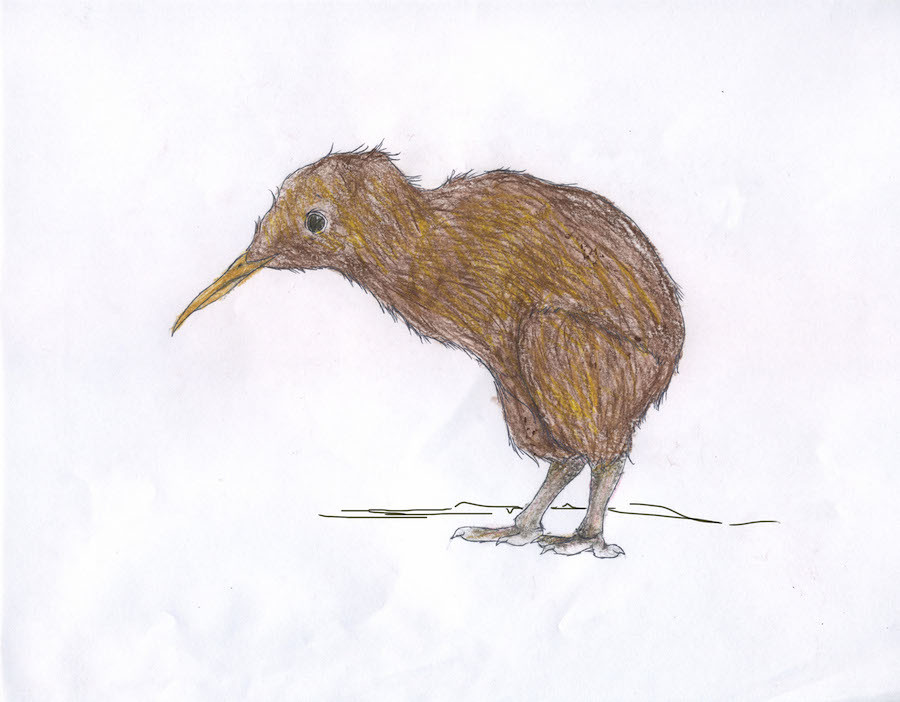Endangered kiwi bird gets coverage
Kiwi birds are an endangered species native to New Zealand.
It is furry, brown and popular in New Zealand. It is also considered delicious by select groups. No, it is not the kiwi fruit. It is the kiwi bird.
This small, flightless bird is the national symbol of pride in Australia’s southern neighbor, New Zealand. Bearing a strong resemblance to the fruit that is named after them, the kiwis have traditionally nested within burrows in swampy New Zealand forests, according to the San Diego Zoo website. Because they lack the ability to fly and did not evolve with predatory pressures around them, kiwis are not able to defend themselves against imported mammalian predators, such as dogs and cats. This has resulted in a chick mortality rate of 95 percent.
The zoo’s website also catalogs the history of kiwis, which were hunted by the indigenous New Zealand people, the Maori, who would eat kiwis and use their feathers to ornament sacred garments. When European settlers arrived in the nineteenth century, they brought domesticated mammals with them. This decimated the kiwi population, and they subsequently have been officially protected since 1921. Since then, motor vehicles have posed a threat to kiwi birds as well. Currently, approximately 80 percent of the kiwi territory has been devastated, but efforts are constantly being made to conserve the vulnerable species.
Martin Peters, an 18-year-old high school senior, believes that kiwi conservation awareness efforts need to be revamped. “Clearly the people doing it are doing a poor job. If they were to start some sort of campaign, like the ice-bucket challenge or something, more people may be informed about the dangers kiwi birds face,” he said.
Besides programs online that enable people to donate to or even sponsor kiwi birds, there is not a lot of social media buzz about the tiny animals. Earlier this year, users of social media expressed outrage over the shooting of Cecil the Lion, a protected creature in Africa that was killed by an American trophy-hunter. About this situation, Peters added, “Lions have had more publicity due to the fact that they get shot more often. Do people hunt kiwi birds?”
Charlotte Leonard, an Arcadia freshman, thought that endangered African species receive more coverage because “more people know and love species such as lions when not as many have as deep a care for the kiwis.” She believes this problem can be rectified through public service announcements promoting the kiwi bird cause, which is a more traditional way to spread the word than the social media campaign Peters suggested.
However, even with his increased awareness, Peters admitted that he “won’t do anything to help kiwi birds in the future” because he does not use social media and cannot easily spread the word. He said, “More extraverted people may post pictures of kiwi birds online, not that it would necessarily do anything.”
Fiona Lobo, a senior at Xavier College Preparatory, said, “It is really hard to motivate teenagers. If the cause really hits home with the individual, then I could see there being a conversation about the conservation of kiwi birds.”
Even though teenagers are difficult to motivate, Peters, Leonard and Lobo all agree that kiwis should receive help of some kind. Peters said, “It’s common sense. People are conserving pandas. Why wouldn’t they go conserve the kiwi birds also?”




